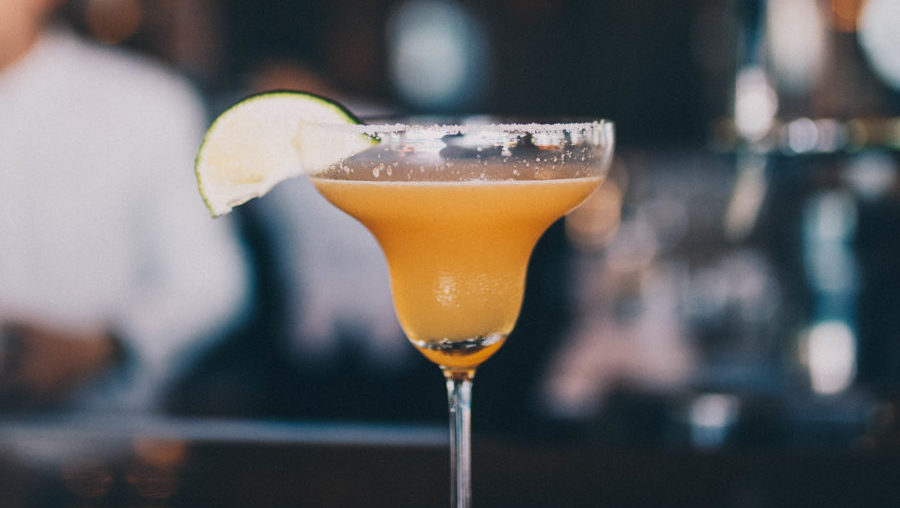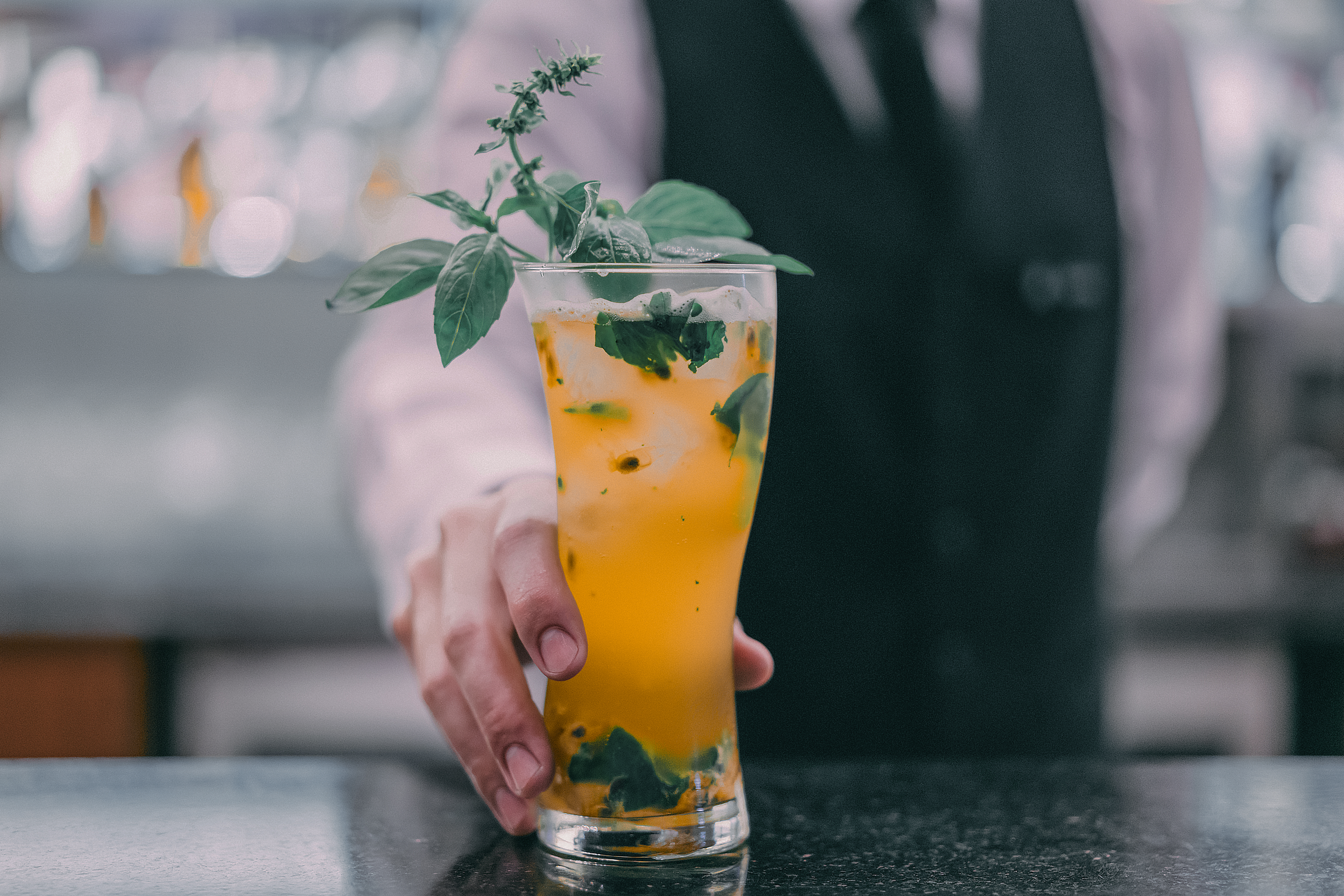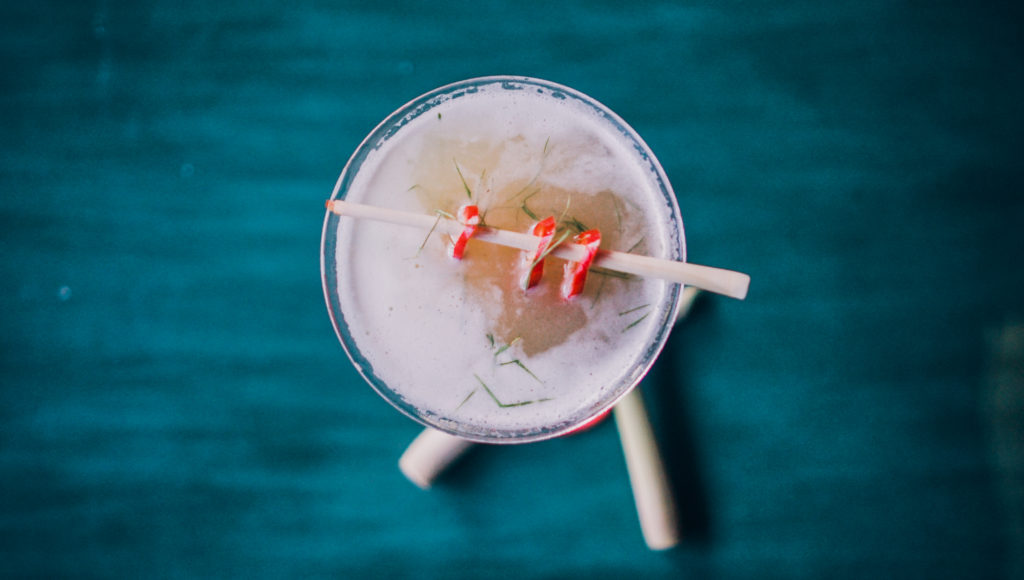Ultimate guide to Vietnamese cocktails
As Vietnam’s first internationally awarded liquor, we feel it’s time to start bringing it into the modern era. Ruou has been enjoyed for years, passed around the family at dinner and by friends after a hard day’s work, but we don’t just do your basic rice liquor.
Mixologists across the country are swapping out foreign spirits for Son Tinh Ruou to make genuinely Asian cocktails. Our handcrafted ruou is distilled from 3-5 years using the finest Vietnamese ingredients. It can work as a replacement for western spirits, with an increasing focus on swapping out bitters for a healthy dose of ruou.
Vietnam’s cocktail scene is a constantly growing, with new bars and mixologists mushrooming, each with their own way of using their chosen ingredients. To try some of these for yourself, check out our free e-book, packed full of cocktail recipes, unlike any drink you’ll have tried before.
When mixing up a Vietnamese cocktail, the most obvious essential ingredient should be the classic Vietnamese liquor ruou. You wouldn’t make a white Russian without vodka, after all.
Ruou is our noodles and broth, it’s what we make every day. It’s not just a business, but a passion, and a lifestyle. Adding it to a cocktail, however, that’s pretty new. Traditionally, ruou is sipped straight and passed around with a small group of friends over a meal.
At Son Tinh, we’re taking this traditional tipple and making it international, sharing it with the world, but we started by sharing it with the cocktail gurus of Vietnam.
Nguyen Ho Quy, master mixologist of Bamboo Bar in Hanoi’s Metropole, is leading the way for a ruou revolution. Quy tells us how he uses Son Tinh Ruou for his margarita, “I mix Cointreau, lime juice and then substitute a typical tequila with Son Tinh Minh Mang for our margarita,” he explains. “The Son Tinh spirit is the one with the Vietnamese spirit. Son Tinh provides new flavours — a welcome difference in taste to our margarita cocktail.”

Working to Vietnam’s flavour profiles
Vietnam is a country of distinct flavours. You’ll often hear people say that the Vietnamese have a bit of a penchant for sugary goods, and many mixologists find this to be true. Where a cocktail makers cheat-sheet will usually follow 3:2:1 rule of three parts strong liquor, two parts citrus juice, and one part sweet, in Vietnam it will often be closer to 3:1:2.
Fortunately, these obstacles allow for new and innovative drinks. Making cocktails in Vietnam means that fresh, tropical fruits, vegetables and herbs are right on your doorstep. Take our rose apples for example – what is a rose apple? It’s an ingredient completely unique to Vietnam. In fact, it’s so uniquely Vietnamese, that before we called it a rose apple, it didn’t even have an English name.
The apricots that make their way into every bottle of Son Tinh Apricot are the same – half the size of their Western counterparts, but packing twice the sour kick, giving our ruou and mad punch whilst being whole-heartedly Vietnamese.
East meets West
The influence that the West has had on Vietnam’s cocktail scene is undeniable. It’s often the first place most mixologists will go when mixing up a new drink. Take our recent collaboration with Pullman Hanoi for example. Inspired by western cocktails, head barman Nguyen Hien Chien mixes western and Vietnamese ingredients with Son Tinh Ruou to make his signature Vietnamese cocktails

His Emotions cocktail explores this concept perfectly. Inspired by the mojito, but mixing the drink up to include ingredients indicative of Vietnamese street food, with lemongrass, basil and lime juice, along with passion fruit and Son Tinh White Ginseng. The end result is a rich, refreshing drink ideal for the summer.
Chien tells us that he learned the art of mixology through western cocktail books and Youtube tutorials, but he’s quickly progressing far beyond these, and creating drinks Vietnam can be proud to call home-grown. You’ll find this through his use of Son Tinh Moc Sapa in a Negroni, or the Son Tinh Apricot in his sparkling The Heat.
Original Vietnamese cocktails
When it comes to something being new, fortune flavours the brave, and few are braver than Pham Tien Tiep. One of Hanoi’s finest mixers spoke to Son Tinh about how he breaks away from tradition, whilst staying firmly inside of it, for his signature cocktails.
When it comes to food, you can’t get more Vietnamese than a bowl of phở – so what about a glass of it? Full of cinnamon, star anise, black cardamom, gin, and Cointreau, poured through three levels of filtered cups that just so happen to be on fire.
Tiếp, founder of Nê Cocktail and Wine Bar and the soon-to-open Nê Bunker, and Co-Owner of Attic Cocktail & Wine Lab, is himself a story of Vietnam’s success. He tells us of another one of his signature Vietnamese cocktails, the Don’t Eat Me, which utilises the flavours of the Vietamese dipping sauce for snails, made out of lemongrass, chilli, and Phú Quốc fish sauce.

The story behind the cocktail is of a poor young Tiep trying to make his way in Hanoi, sleeping under Long Biên bridge, and passing steamed snail vendors every day on his way back from work. He’d smell the concoction brewing and be instantly reminded of him of home in the countryside. When he ate them, he would feel as though he was surrounded by his family.
Tiep’s and his twist on his homely dish embodies everything we stand for here at Son Tinh, taking ingredients that we know and love, and turning them into something new. A great example of this is Nguyen Minh Tuan from Mad Society, who uses the ice cream, the pinnacle of comforting treats, for his Kem Trang Tien cocktail.
While foreigners may not immediately associate ice cream with Vietnam, ‘kem’ as it’s known around town, was first introduced to Vietnam by the French, and has taken over hearts and frozen minds ever since.
“In the past, there were three flavours that made Trang Tien ice cream famous,” Tuan tells us. “Young rice, mung beans and coconut milk. The mung bean flavour was my favourite. Even now, this flavour is still the most popular among Vietnamese people and even foreign tourists. So, I chose mung bean for my cocktail, as a way to show my appreciation for one of the most famous treats in Hanoi.”.
Tiep and Tuan have shown us that, when it comes to creating new cocktails, Vietnam is as introspective as ever, starting from home, childhood, and guiding by patriotic nostalgia.
Make your own
Using our handy downloadable guide, you can make many of the famous cocktails that we’ve spoken about in this article, with flavours, ingredients and steps. Perfect for foreign mixologists hoping to try something new in their bar, Vietnamese mixologists looking to harness a taste of home, or amateurs in search of something different.
STORIES
